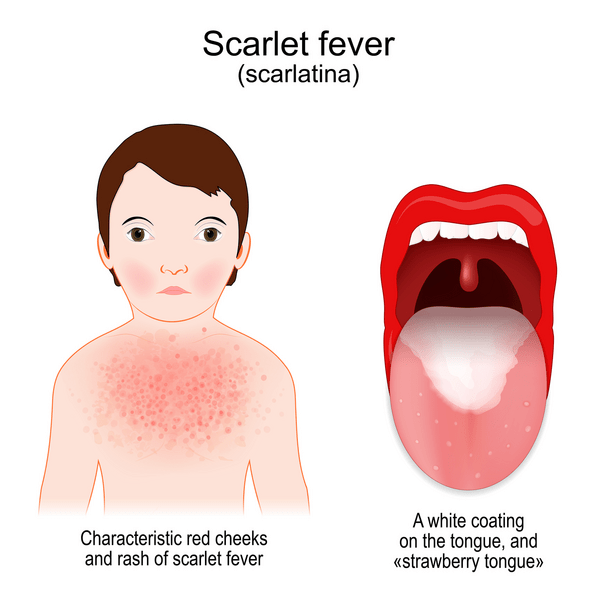Key Points
- Scarlet fever is a bacterial illness caused by group A strep, the same bacteria that causes strep throat.
- It’s most common in children ages 5 to 15.
- Symptoms include a red rash, sore throat, and fever.
- With antibiotics, scarlet fever usually goes away in about 10 days.
- Early treatment helps prevent complications and limits the spread.
